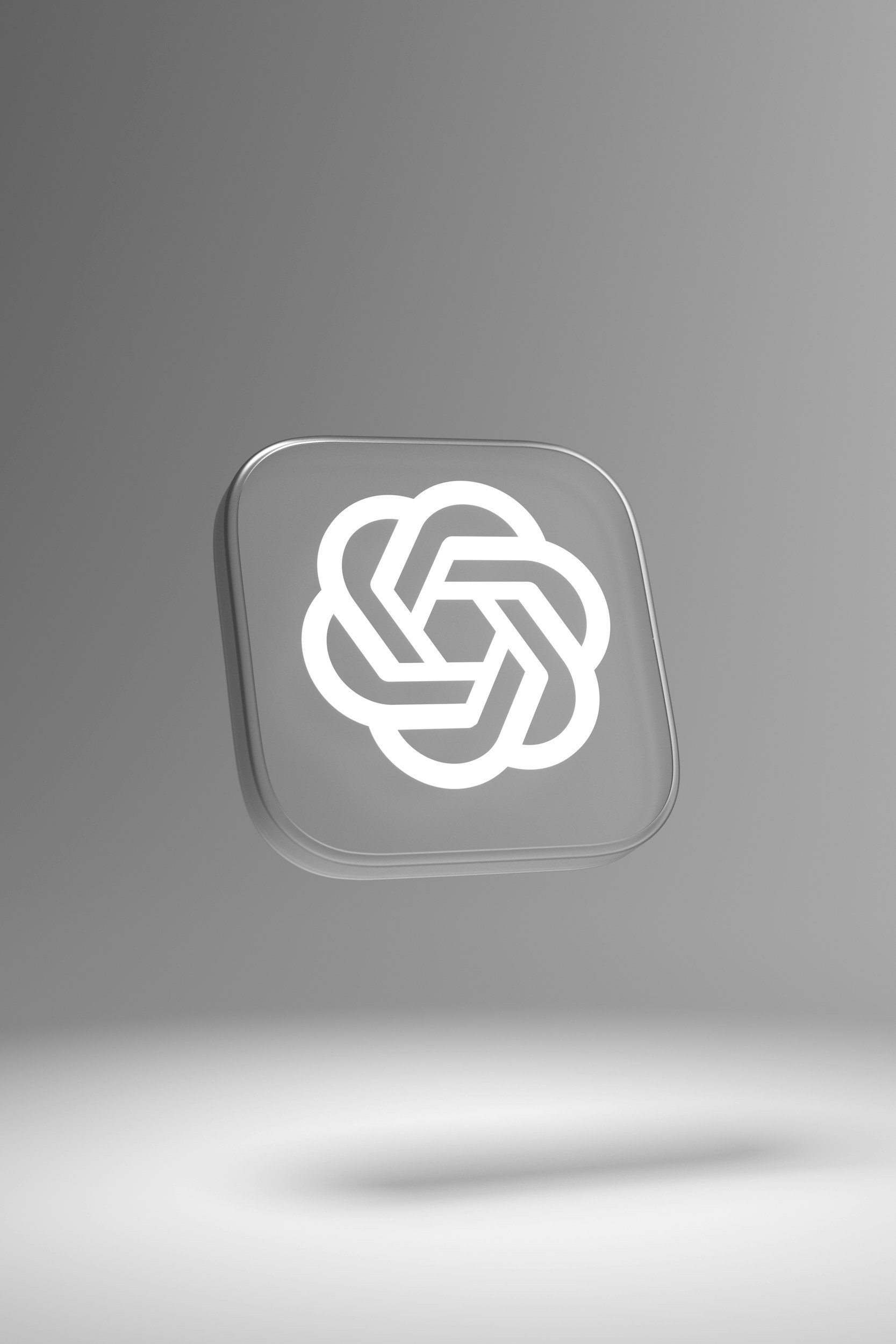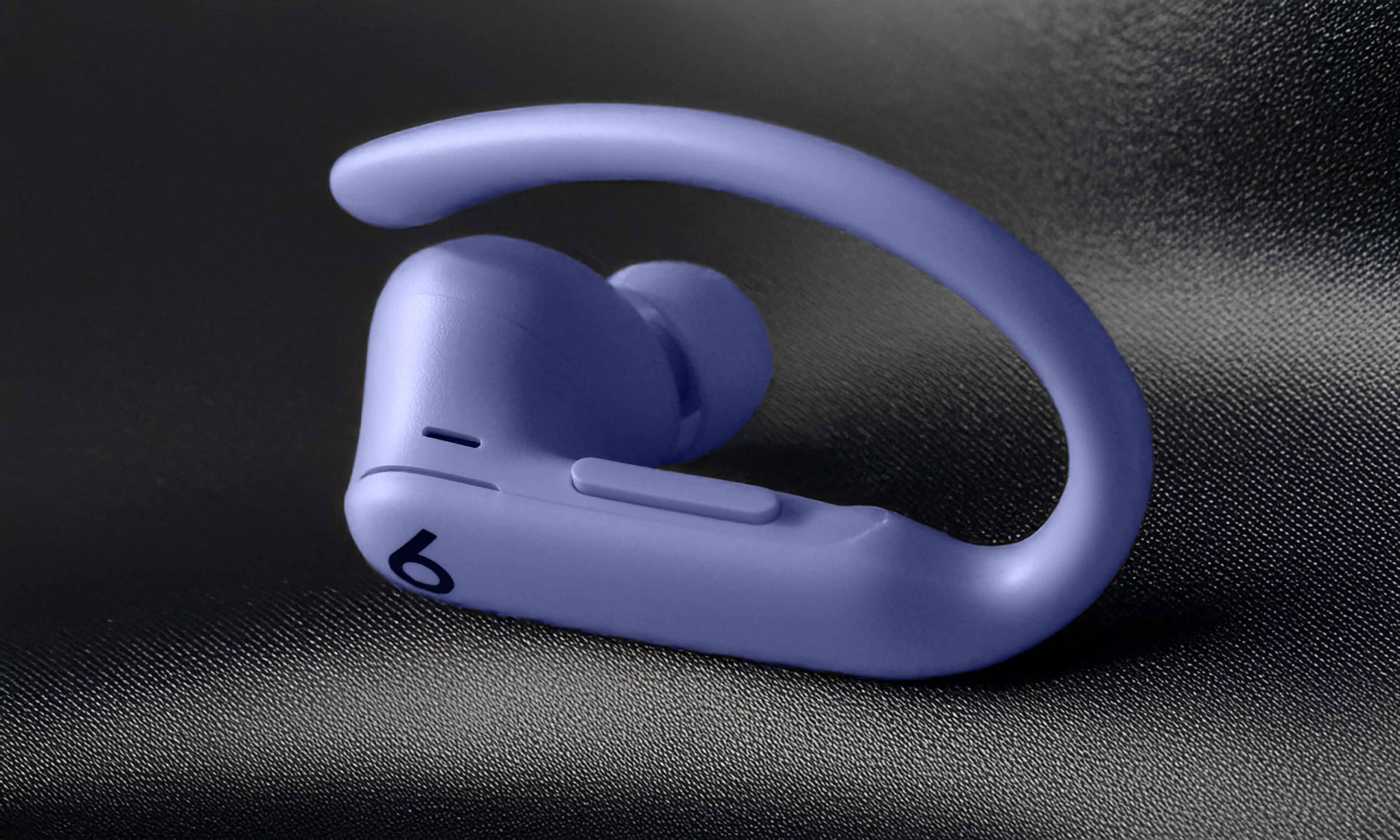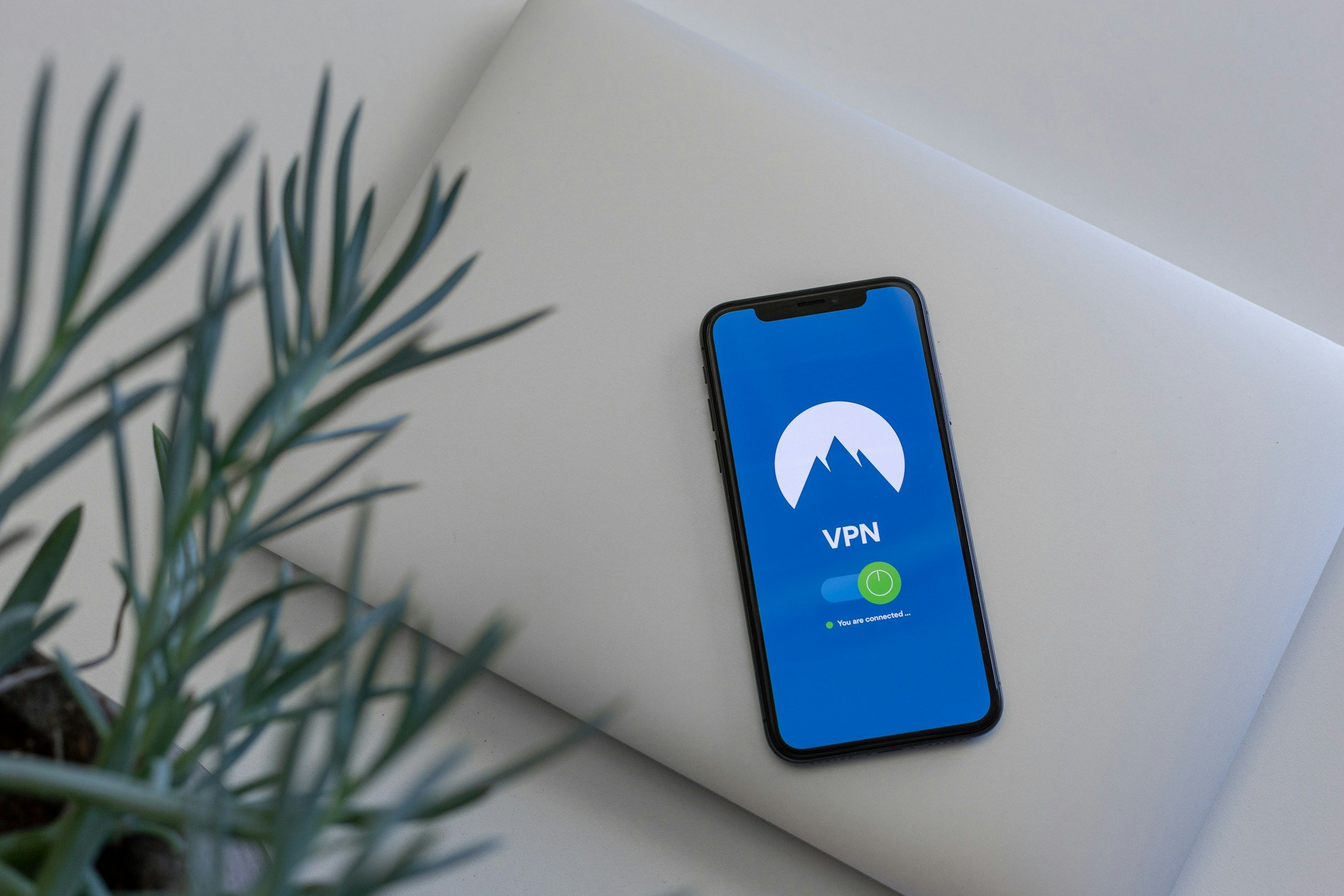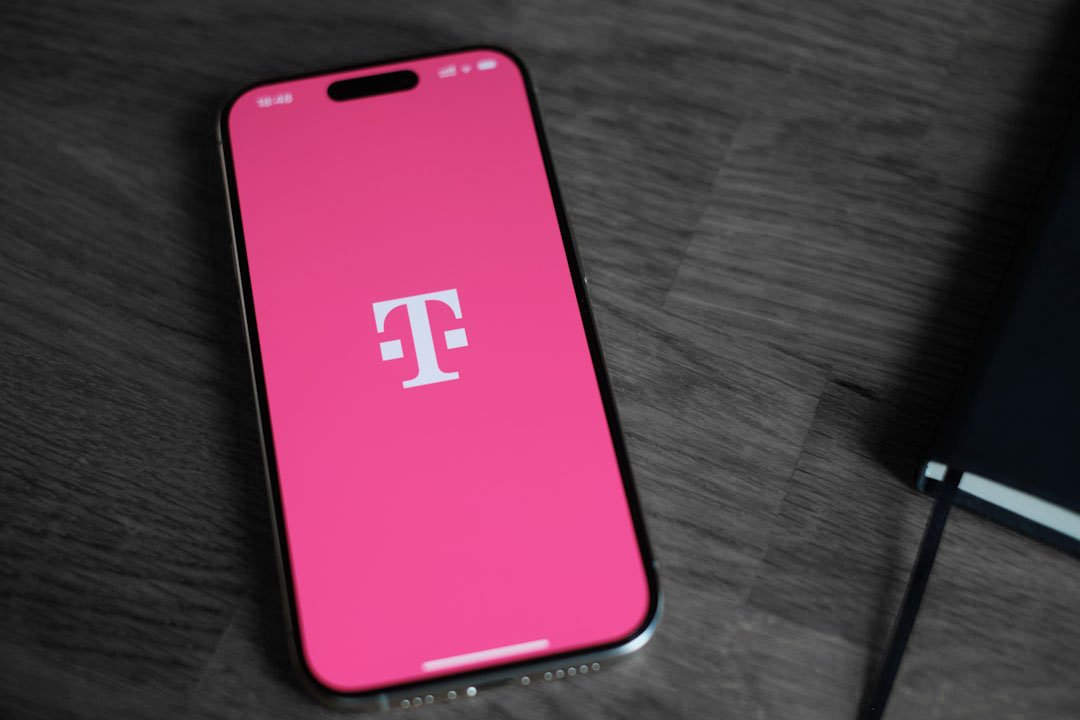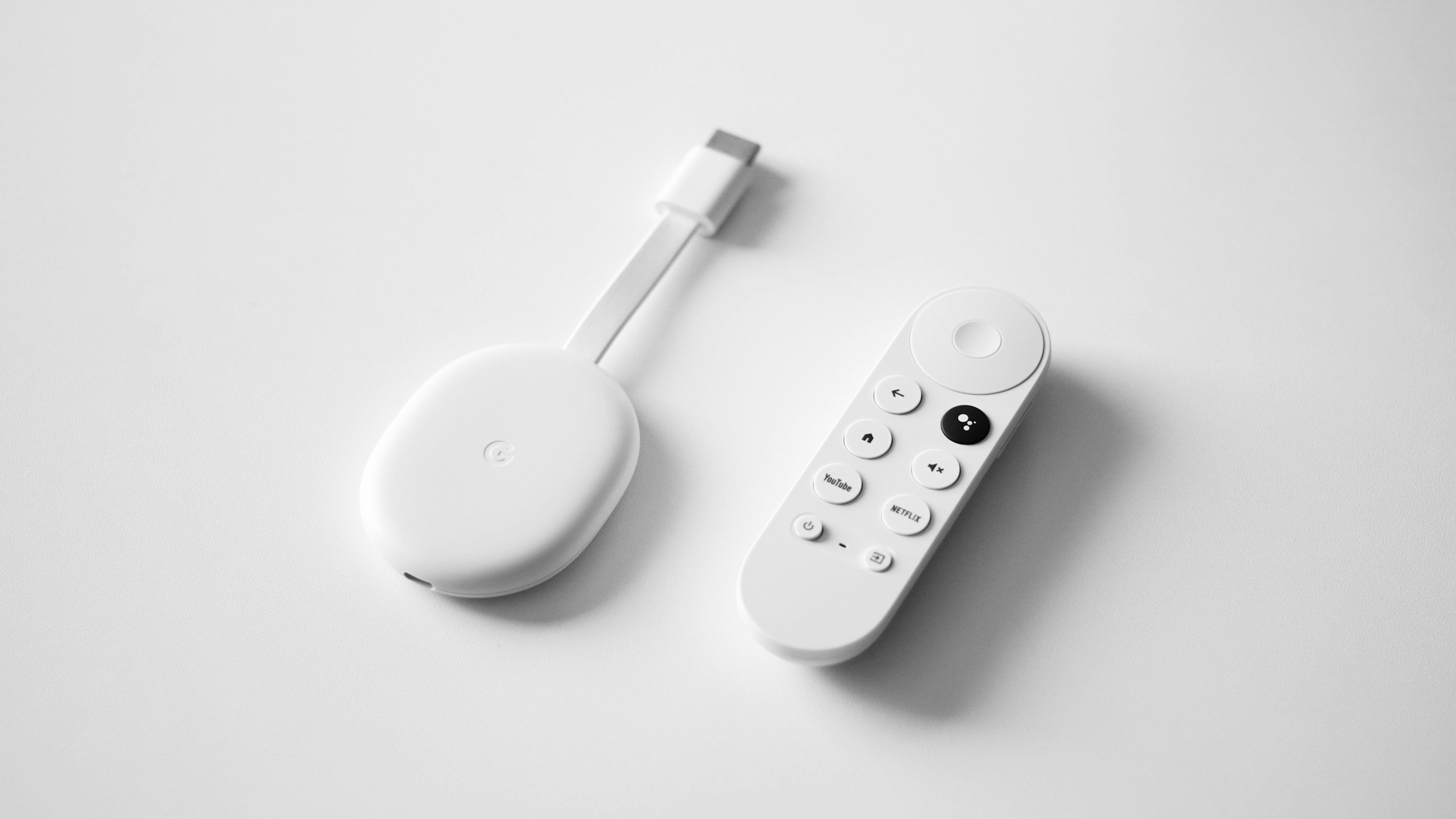How to Connect an External Monitor to a MacBook Pro
When you purchase through links on my site, I may earn an affiliate commission. Here’s how it works.
Table of Contents Show
The real estate on your screen is like prime property in downtown New York – there's just never enough of it, especially for creatives and professionals.
Connecting an external monitor to your MacBook Pro opens up a world of space. Imagine having the bandwidth to spread out your projects, tools, and browsers without constantly tabbing through windows.
In this post, I'll guide you through the seamless steps to connect your MacBook Pro to an external monitor.
Whether it's through a direct HDMI connection or using a USB-C adapter, the process is straightforward.
Plug in, tweak a few settings (if you even need to), and voilà – you've just supercharged your workspace. So let’s get started!
What Do I Need to Connect an External Monitor to MacBook Pro?
Alright, so you're all in on expanding your MacBook Pro's visual horizons with an external monitor. Smart move.
But before you can transform your work setup into a productivity powerhouse, there are a few key pieces of gear you'll need to make it happen.
First up, obviously, is your MacBook Pro. It will be the heart of your new dual-display setup.
Next, you've got the external monitor itself. Whether you're eyeing a 4K beast for those crisp visuals or a super-wide screen for an expansive workspace, the choice is yours.
Now, here’s where it gets a bit techy but stick with me – it’s simpler than it sounds. Connecting these two is going to require the right cable or adapter, and this is crucial.
MacBook Pros have transitioned through various ports over the years – from Mini DisplayPort to Thunderbolt, USB-C, and even HDMI in some models. The port on your MacBook will dictate the type of cable or adapter needed to connect to your monitor.
If your MacBook Pro rocks Thunderbolt 3 / 4 or USB-C ports, you're in luck. These versatile ports can carry data, video signal, and power over a single cable. For this setup, you might need a USB-C to HDMI or a USB-C to DisplayPort cable, depending on your monitor's input options.
Then there's HDMI, the port we've all come to know and (for the most part) love for its ability to transmit both video and audio through a single cable.
Some MacBook Pro models, especially those pre-2016 and post-2021, include an HDMI port, making it a straightforward task to connect an external monitor without needing any adapters.
However, if your external display requires a different connection (like DisplayPort), an HDMI to DisplayPort adapter will be your go-to.
How to Identify Ports and Cables on Your MacBook Pro
Now, how do you choose the right cable or adapter? It boils down to identifying the ports on both your MacBook Pro and your external monitor.
If you have a modern MacBook Pro with Thunderbolt 3 or 4 (USB-C) ports, and your monitor supports HDMI, you'll need a USB-C to HDMI cable or adapter. This setup is pretty common and provides a clean, simple connection without sacrificing video quality.
But what if your monitor uses DisplayPort, DVI, or VGA? No problem. There are USB-C adapters for those, too.
Note: For more details, check out Apple's guide to get a chart with information about all the potential ports. Still not sure which port your MacBook Pro has? No worries! Check out this additional detailed guide by Apple to clear things up.
Always double-check the ports on both your MacBook Pro and your external monitor before buying cables or adapters. It's a simple step that can save you time and hassle, guaranteeing that when you plug everything in, it just works.
How to Connect the External Monitor to MacBook Pro
Once you've got your hands on the right cable or adapter – be it USB-C to HDMI, Thunderbolt to DisplayPort, or any other combo we've discussed – it's time to make the connection.
Back in the day, you had to turn off both your MacBook Pro and your external monitor before plugging anything in, just to be safe and to make sure everything worked right. But thanks to tech getting better and smarter, you don't really have to do that anymore.
Now we have this pretty cool thing called hot-swapping. It lets you hook up an external monitor without turning off your computer first, all thanks to better interfaces and operating systems. So, you can just plug in your monitor while your MacBook Pro is still on, making things convenient and efficient.
But hey, if you're the type who likes to play it super safe or run into any hiccups getting your devices to recognize each other, turning everything off before connecting is still a good move.
Start by connecting one end of your chosen cable or adapter to the external monitor. If you're using an adapter, now's the time to connect your video cable (HDMI, DisplayPort, etc.) to the adapter and then to the monitor.
Next, plug the other end into your MacBook Pro's corresponding port. With everything snugly connected, power on your monitor and then your MacBook Pro. If all stars align, your MacBook should automatically detect the external display and extend your desktop across both screens.
But what if it doesn’t? Here's where a quick trip to System Preferences (or System Settings) on your MacBook Pro comes into play. Navigate to the Displays setting, and you should see options for arrangement and resolution settings.
Sometimes, you might need to hit the "Detect Displays" button (you might need to keep the Option key pressed to see this button) to give your MacBook a nudge in recognizing the new setup.
Ensuring a secure and effective connection goes beyond just plugging in cables. It’s crucial to check for any signs of wear or damage on your cables and ports – these can cause connectivity issues or, worse, damage your devices.
Always opt for high-quality cables and adapters that are known to be reliable and durable. They might cost a bit more upfront, but – in my opinion – they're worth it for the peace of mind and longevity they provide.
A pro tip? Once everything is connected and working, take a moment to manage your cables. A tidy workspace is not only visually pleasing but also helps prevent cables from being pulled or knocked loose accidentally. Use cable ties or clips to keep everything neat and out of the way.
How to Configure Display Settings on MacBook Pro
To really harness the power of this setup, fine-tuning your display settings is key. Here’s how you can achieve that.
How to Adjust the Resolution on MacBook Pro
First step, adjusting the resolution is crucial, especially if you're working with high-res content or need more workspace on your external monitor.
1. Open System Settings
Navigate to System Settings on your MacBook Pro (this was known as System Preferences in earlier macOS versions).
2. Select Displays
Within System Settings, find and select Displays. This is where all screen-related adjustments can be made.
3. Access Display Preferences
Choose the display you wish to adjust if you have more than one connected.
Look for the resolution options.
4. Experiment with Resolutions
Macs are pretty smart and suggest the best screen resolution for you, but playing around with the settings can really make your experience more you:
Want More Space? Go for a higher resolution. Sure, icons and text get smaller, but you'll get more room to work.
Prefer Bigger Text? Pick a lower resolution. Things on your screen will get bigger, so they're easier on the eyes, but you'll have less space for windows and apps.
5. Apply Your Choice
Once you pick your favorite resolution, your screen will change right away. If you're not feeling it, no worries!
Just switch it up as many times as you need until everything looks just right – both easy to read and giving you enough space to work.
How to Adjust the Brightness on MacBook Pro
Brightness is next in line. You want your monitors to match as closely as possible, especially if you're doing any sort of visual work. A mismatch in brightness levels can be straining on the eyes.
1. Access System Settings
Start by opening System Settings on your MacBook Pro.
2. Select Displays
Within System Settings, click on Displays to access your screen options.
3. Adjust MacBook Pro Brightness
For the MacBook Pro's built-in display, you'll see a brightness slider. Adjust this slider until you find a comfortable level of brightness.
4. Match External Monitor Brightness
Got an external monitor hooked up? Adjusting the brightness might be a bit different depending on what you've got:
For Apple Monitors: You might be able to tweak the brightness right in the Displays section of your System Settings, just like you would on your MacBook Pro.
For Non-Apple Monitors: No worries, just use the physical buttons or the on-screen menu on the monitor itself to change the brightness. Try to get it as close to your MacBook Pro's brightness as you can.
5. Use Ambient Light Sensing (If Available)
Some MacBook Pros come with an ambient light sensing feature that automatically adjusts screen brightness based on your environment.
You can turn this feature on or off in System Settings under Displays for the MacBook Pro and select external monitors that support it.
How to Adjust the Color on MacBook Pro
Next up, varying color profiles between screens can throw off your perception of color accuracy. Luckily, macOS allows you to calibrate your display directly from the Displays setting, ensuring you get consistent color across your workspace.
1. Open System Settings
Navigate to System Settings on your MacBook Pro.
2. Select Displays
Within System Settings, click on Displays. This will bring up options related to your screen.
3. Go to Color Settings
In the Displays setting, look for and select the Color tab.
4. Start Color Calibration
Click on Customize… at the bottom of the window.
Then press the + button to create a new color profile.
5. Follow On-Screen Instructions
The Display Calibrator Assistant will launch, guiding you through several steps to adjust:
Gamma settings: This affects the brightness and contrast of the colors displayed.
Temperature settings: This adjusts the warmth or coolness of the display.
Target white point settings: This controls the definition of “white” on the display.
During this, you'll tweak things based on what the assistant shows you, making sure the colors on your screen look as true to life as they can.
6. Save and Apply Your Custom Profile
Once you’ve completed the calibration, you’ll have the opportunity to name and save your custom color profile.
After saving, ensure this new profile is selected for your display to apply the calibrated settings.
How to Share the Screen of MacBook Pro
Now, for those who want to share their screen or extend their display without the hassle of cables, Screen Mirroring is an incredible feature.
Using AirPlay, you can mirror your MacBook Pro's screen to an Apple TV or compatible smart TV. This is perfect for presentations, watching videos, or extending your desktop when you're in a pinch and don't have an external monitor around.
1. Make Sure Your Device Works with It
Make sure your MacBook Pro and the screen you want to use (like an Apple TV or a smart TV that works with AirPlay) can both do AirPlay.
2. Connect to the Same Wi-Fi Network
Just check that your MacBook Pro and either the Apple TV or your smart TV are on the same Wi-Fi network.
3. Find the AirPlay Icon
Locate the AirPlay icon in the menu bar at the top of your screen. If it's not visible, you can enable it in System Settings under Control Center by selecting "Always Show in Menu Bar" next to Screen Mirroring.
4. Select Your Device
Click on the AirPlay icon, then choose your Apple TV or compatible smart TV from the list of available devices.
5. Choose Your Mode
After selecting your device, decide if you want to:
Mirror your MacBook Pro’s screen: Your TV will show an exact copy of your MacBook Pro's display.
Extend your desktop: Use your TV as an additional display to extend your desktop space.
6. Adjust Display Preferences (Optional)
Once connected, you may adjust settings such as resolution and overscan (if necessary) through the Displays option in System Settings to optimize the viewing experience on your TV.
7. Disconnecting
To stop AirPlay mirroring, click the AirPlay icon / Screen Mirroring icon in the menu bar again and select Turn AirPlay Off / Turn Screen Mirroring Off, or choose your MacBook Pro from the list to stop using the external display.
How to Rearrange the Displays for a Seamless Workflow
Once you’re connected, it's crucial to arrange your screens in a way that mirrors your physical setup. macOS makes this incredibly intuitive. Head back to System Settings and click “Displays.”
Here, you’ll see a representation of your monitors. You can click and drag each display to match how they’re arranged on your desk. This ensures that when you move your cursor from one screen to another, it does so in a way that feels natural and fluid.
How to Use the MacBook Pro with the Lid Closed
Now, let's talk about a setup trick that might just change the way you use your MacBook Pro with external monitors – using it with the lid closed.
This mode, often called "clamshell mode," not only gives your setup a cleaner look but also pushes you to make full use of that external display real estate.
And, yes, it's totally possible and pretty straightforward once you know the steps. But there's more to it than just shutting the lid and calling it a day.
Step 1: Gather Your Gear
Power Source: Keep your MacBook Pro plugged in to prevent it from sleeping when you close the lid.
External Monitor: Make sure it’s compatible and connects well with your MacBook. Those Thunderbolt 3 or USB-C ports on your MacBook are perfect for this.
Mouse and Keyboard: You’ll need these since your MacBook will be closed. Wireless or USB-connected—it’s your call.
Step 2: Connect Your MacBook Pro to the External Monitor
Use a Thunderbolt 3 / 4 or USB-C cable to connect your MacBook Pro to the external monitor. If the monitor supports it, this connection can also charge your MacBook and hook up other peripherals.
Tip: Look for monitors with built-in USB-C connections to reduce cable clutter.
Alternatively, use an HDMI cable, or another appropriate cable and adapter for your situation, to connect both devices.
Step 3: Set Up Your Peripherals
Connect your mouse and keyboard. This way, you can control your MacBook seamlessly without needing to open it.
Step 4: Close the Lid to Enter Clamshell Mode
With everything connected and set up, close your MacBook’s lid. Your MacBook should automatically detect the external monitor and switch the display over to it.
Step 5: Adjust Display Settings if Necessary
If your MacBook doesn't automatically switch to the external monitor, briefly open the lid and go to System Settings > Displays. Here, you can set the external monitor as the main display.
By the way, this setup can actually push your MacBook's performance. With only one display to power, your Mac doesn't have to work as hard on graphics, which means smoother performance, especially for those heavy tasks or creative projects.
What to Do If You Can’t Connect an External Monitor to Your MacBook Pro
If your MacBook Pro isn't recognizing your external monitor, or if you're facing issues with resolution, color, or brightness, don't worry. Most of the time, these problems have straightforward solutions.
When Your MacBook Pro Doesn't Recognize the External Monitor
First things first, check your connections. Make sure that your cables and adapters are securely plugged in and not damaged. It sounds simple, but loose connections are among the most common culprits behind connectivity issues.
If everything's tight and the problem persists, try restarting your MacBook Pro. A fresh start can often resolve detection issues.
Still no luck? Head into System Settings and click on “Displays.” If you don’t see your external monitor listed, hit the “Detect Displays” button (as mentioned earlier, you might need to keep the Option key pressed to see this button). This forces your MacBook to search for any connected displays actively.
Dealing with Resolution, Color, or Brightness Issues
If your external monitor is connected but the resolution, color, or brightness settings seem off, it's time to fine-tune.
Navigate back to your Display settings in System Settings. Here, you can adjust the resolution for each monitor individually, making everything from text to images appear sharper and clearer.
For color discrepancies, the Display settings also offer color calibration tools (for more information, see above). Using these, you can adjust the gamma settings, white point, and even fine-tune specific hues to get the color just right across all your displays.
Brightness should automatically adjust, but if it doesn’t, manually tweak it within the same Display settings.
When the External Monitor Remains Blank or Goes to Sleep
If your external monitor lights up but remains blank or goes to sleep shortly after connecting, several factors could be at play.
First, ensure your monitor is set to the correct input source. If it's set to HDMI, but you're connecting via Thunderbolt or USB-C, it won't receive the signal.
Another step is to check your MacBook's energy saver settings. Go to System Settings, and under “Battery” > “Options” make sure “Slightly dim the display on battery” is turned off.
Lastly, if you're using an adapter, confirm that it supports the necessary video output. Not all adapters are created equal, and some might not be compatible with your intended resolution or refresh rate.
How to Maximize Productivity with External Monitors
The real power of an external monitor setup isn't just in the added real estate – it's in how you use that space to streamline your workflow, reduce task-switching, and ultimately get more done.
Key Moves for Getting More Done
1. Smart Screen Placement: Think about what tasks you’ll tackle where. For example, I like to keep my MacBook Pro as my main hub for anything that needs deep focus and use the external monitor for stuff like reference docs, Discord, or keeping an eye on analytics. Splitting tasks this way helps keep my brain from getting too frazzled.
2. Getting Your Orientation Right: Don’t just stick with the default landscape mode because it’s the norm. Flipping your monitor into portrait can seriously change the game for coding, going through long articles, or drafting. It feels more natural, like reading a book, and lets you see way more without scrolling.
Ideas for Workspace Setup with Multiple Displays
Creating a space that's both comfortable and effective is crucial. Make sure your monitors are at the right height to avoid any neck pain.
A solid monitor arm can be a game-changer here, allowing you to adjust your screens just how you need them. Arranging your monitors in a slight curve around you can also pull you into your work more, helping you focus.
For the multitaskers out there, why not dedicate a whole monitor just for your comms apps like Discord or email? It keeps you in the loop without letting those distractions mess with your main workflow.
Tools That Improve Multitasking and Workflow Management
The difference the right apps can make shouldn’t be underestimated when it comes to working across multiple displays:
Magnet (macOS): This little app is a lifesaver for snapping windows into place, making sure you’re making the most of your screen space without everything turning into chaos.
BetterTouchTool: This is all about customizing your workflow. Set up gestures and shortcuts to throw windows between monitors or specific spots on a screen like it’s nothing.
Spaces: macOS has this cool feature called Spaces that lets you have different desktops for different tasks – like one for editing videos and another for research. Flipping between them is seamless.
DisplayLink Manager: If you're hooking up several monitors, DisplayLink Manager is your friend. It supports that setup, transforming your MacBook Pro into a true command center.
Conclusion
And there you have it, we've covered everything from identifying the right ports and cables to setting up and troubleshooting your multi-monitor setup for peak productivity. Whether you're a first-timer or looking to refine your existing setup, I hope you've found these insights valuable.
I encourage you to not just stop at the setup but to continuously explore and experiment with how an additional display can transform the way you work and play.
Now, the screen is in your court. Have you ventured into the realm of dual monitors with your MacBook Pro? How did these insights fare in your quest for a seamless connection? Your experiences are really valuable, and I can't wait to learn from the lessons you've picked up over time.
Feel free to share your experiences and insights in the comments, or if you're more the social media type, I'm all ears on various social media platforms.
And before you go, if my newsletter isn't on your radar yet, consider this an invitation. It's brimming with the latest tech advice, in-depth gadget reviews, and updates from the tech world that you won't want to miss.
Until our paths cross again – thank you very much for reading!
FAQ
-
The type of cable required depends on the ports available on your MacBook Pro and the external monitor.
Common options include USB-C to HDMI, Thunderbolt 3/4, or a direct HDMI cable for models with an HDMI port.
-
Yes, you can connect multiple monitors using the Thunderbolt 3/4 ports by daisy-chaining or using a docking station, and/or utilizing the HDMI port if your MacBook Pro model has one.
-
Go to System Settings > Displays on your MacBook Pro. Here, you can adjust resolution, brightness, and color settings for each connected monitor.
-
Ensure all cables are securely connected and in good condition.
Restart your MacBook Pro and try pressing the “Detect Displays” button (hold down the Option key) in the Display settings.
If issues persist, check for compatibility problems with adapters or cables.
-
In the Display settings, drag the white menu bar to the representation of the monitor you want to set as the primary display. This will designate it as the main screen.
-
Yes, within the Display settings, you can rotate the display orientation of your external monitor to better suit your needs, such as switching between landscape and portrait modes.
-
Certainly. In the Display settings, you can choose to mirror your displays, showing the same content on both your MacBook Pro and the external monitor.
-
Apps like Magnet, BetterTouchTool, and DisplayLink Manager can enhance your experience by offering advanced window management features and supporting multiple displays more efficiently.
MOST POPULAR
LATEST ARTICLES















